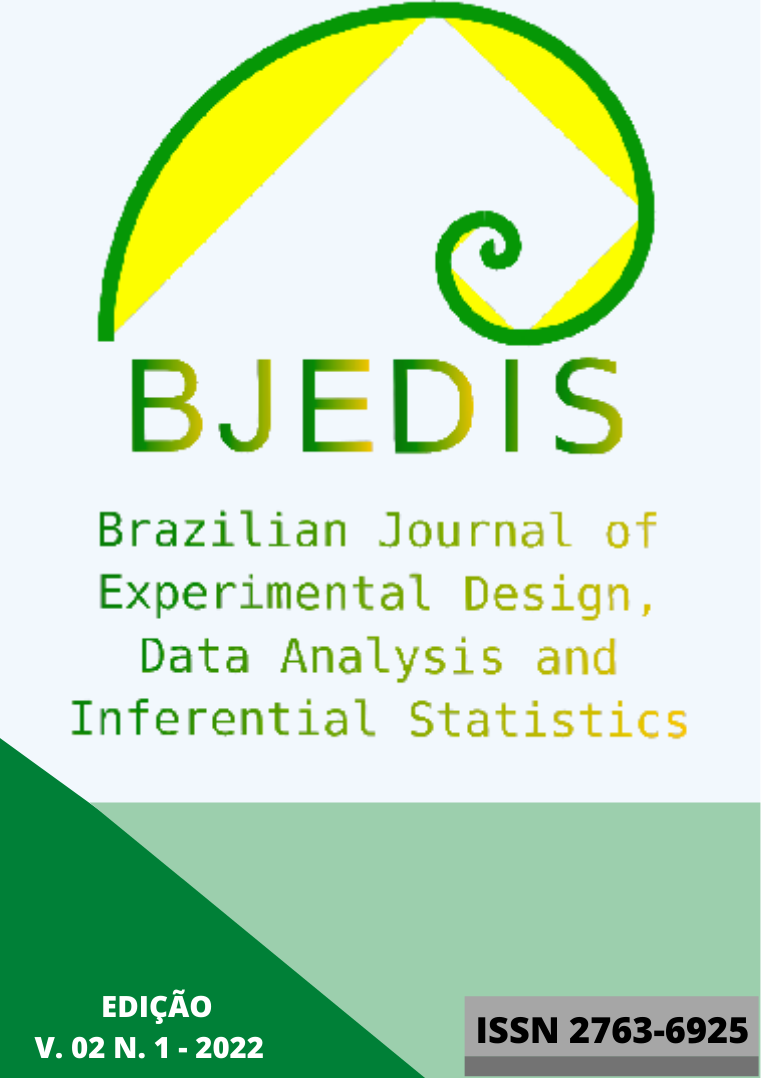Effect of cassava starch biofilm with diffusion of silver nanoparticles on the conservation of banana 'prata'
DOI:
https://doi.org/10.55747/bjedis.v2i1.52485Keywords:
enzymatic browning, shelf life, biofilms, food securityAbstract
Brazil is now the world's fourth-largest banana producer in the world with an annual production of 6.953,747 tons per year. In Brazil, the banana (Musa spp.) stands out, not only because it is the most widespread, but also because it is the most consumed by all social classes. Cassava is a renewable, almost unlimited resource and one of the most abundant substances in nature. It is one of the most important starchy root crops of the tropics used for food and industrial purposes. The present study aimed to evaluate the use of biofilms based on cassava starch with the diffusion of silver nanoparticles (AgNP) on the conservation of banana 'Prata'. Initially, filmogenic solutions were produced using the casting technique for five treatments. Additionally, transparency, thickness, grammage, and, subsequently, the biofilms were applied in the film-forming solution for 1 min and suspended for further drying at room temperature. After this process, were evaluated the fresh mass loss and total soluble solids. This study revealed the efficiency of cassava starch biofilm with gelatin addition to reduce the enzymatic browning rate and increase the shelf life of bananas (Musa Subgroup Prata). However, no significant results were observed with the addition of commercial silver nanoparticles .
Downloads
Downloads
Published
Issue
Section
License
AUTHORS’ DECLARATION AND COPYRIGHT TRANSFER AGREEMENT
The undersigned authors hereby declare that the submitted manuscript is an original work and has not been previously published or submitted, in whole or in part, to any other journal. The authors further commit not to submit this work to any other journal while it is under consideration by BJEDIS.
We affirm that the manuscript is free from plagiarism, and we accept full responsibility for any allegations of academic misconduct that may arise.
By submitting this manuscript, the authors irrevocably transfer all copyrights of the work—including, without limitation, the rights of reproduction, distribution, translation, and public communication in any form or medium—to BJEDIS. Any breach of this agreement may result in legal action in accordance with the Brazilian Copyright Law (Law No. 9.610 of February 19, 1998).
The authors also declare that there are no conflicts of interest related to this work. All sources of financial support have been properly acknowledged in the funding section of the manuscript.



